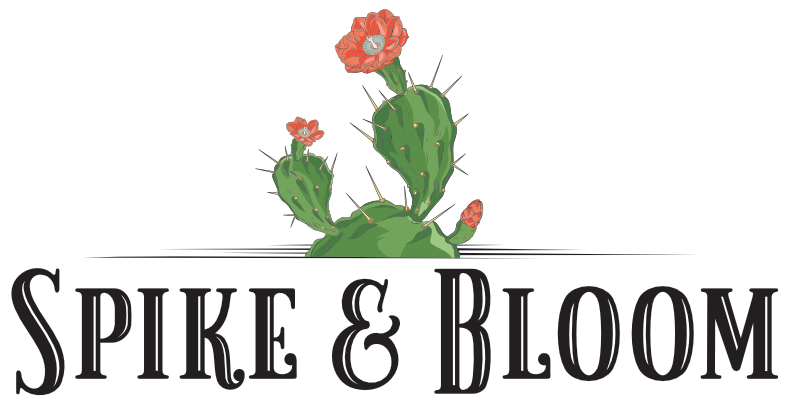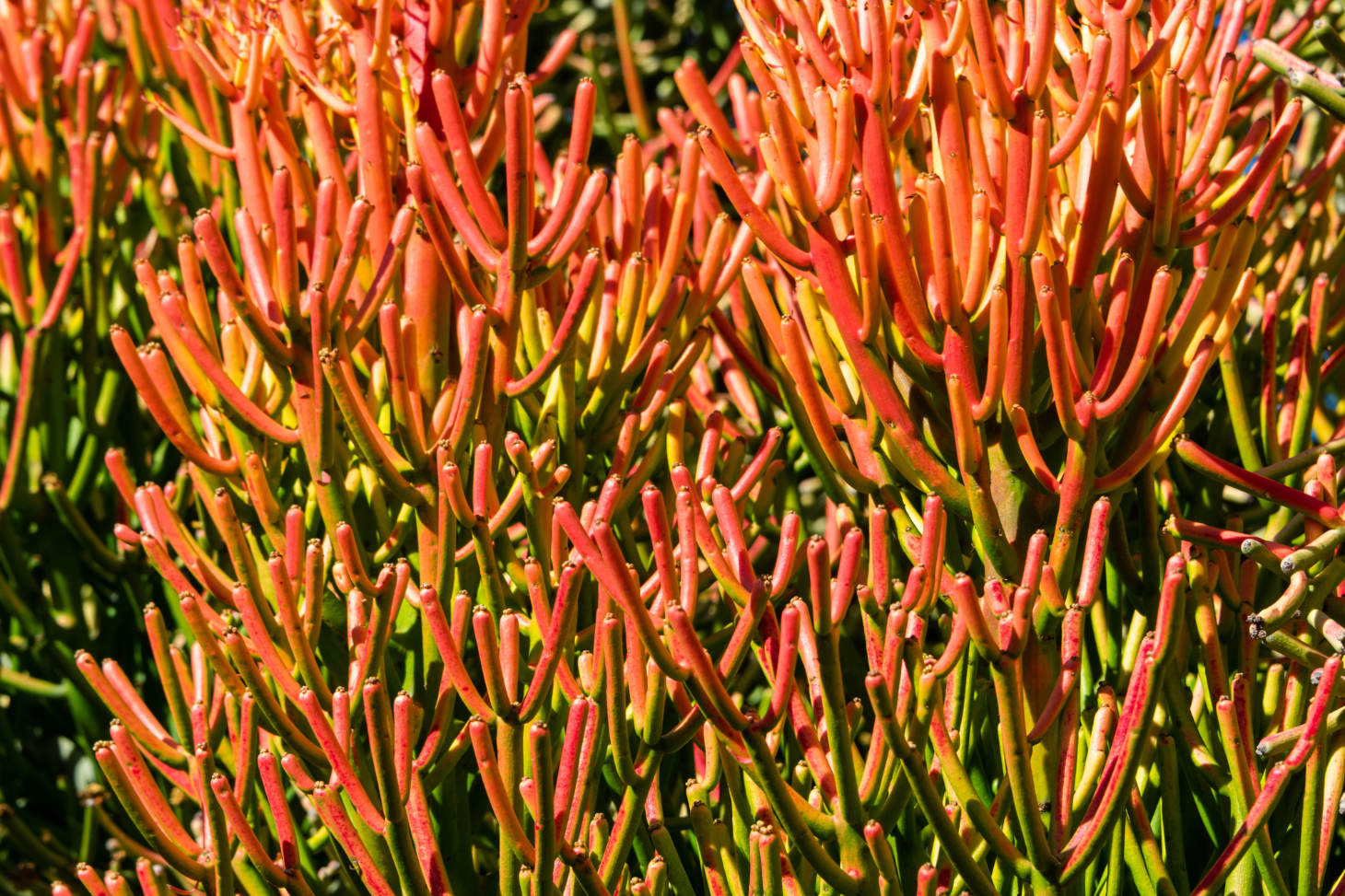Succulents That Look Like Sea Creatures
Succulents can be found in some surprising shapes and colors, and a few even look just like creatures from the sea. From spiky corals to twisting anemone-like forms, these plants bring a touch of the ocean to your home or garden. Some succulents closely resemble sea stars, coral, or even mermaid tails, making them perfect for anyone who enjoys unique and eye-catching plants.
When you choose these special varieties, you can design your own “under the sea” garden scene, all without water beyond basic plant care. Their unusual forms add interest and spark curiosity, blending land and sea in a fun and unexpected way.
Key Takeaways
- Some succulents have shapes and textures that look like sea creatures.
- Popular species include those that mimic coral, starfish, and mermaid tails.
- You can use these plants to create a creative undersea-themed succulent garden.
Succulents That Resemble Sea Creatures
Some succulents look so much like ocean life that you might think they belong underwater. Their shapes, colors, and textures are inspired by coral reefs, sea anemones, and even starfish.
Types of Marine-Inspired Succulents
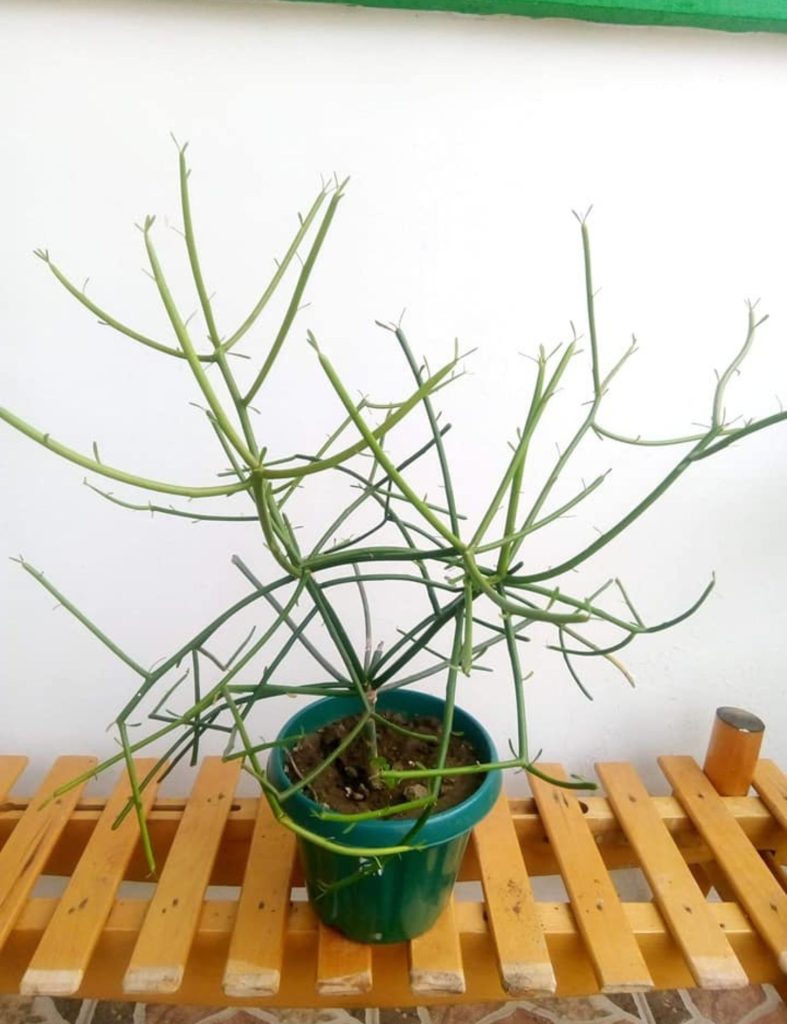
(Pencil Cactus)
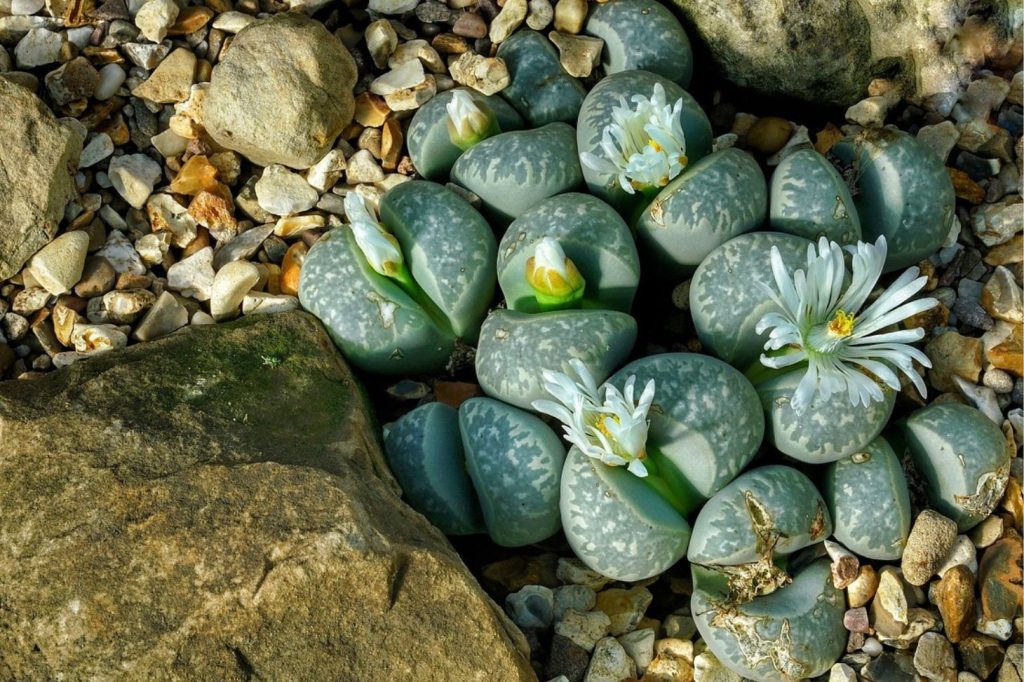
(Living Stones)
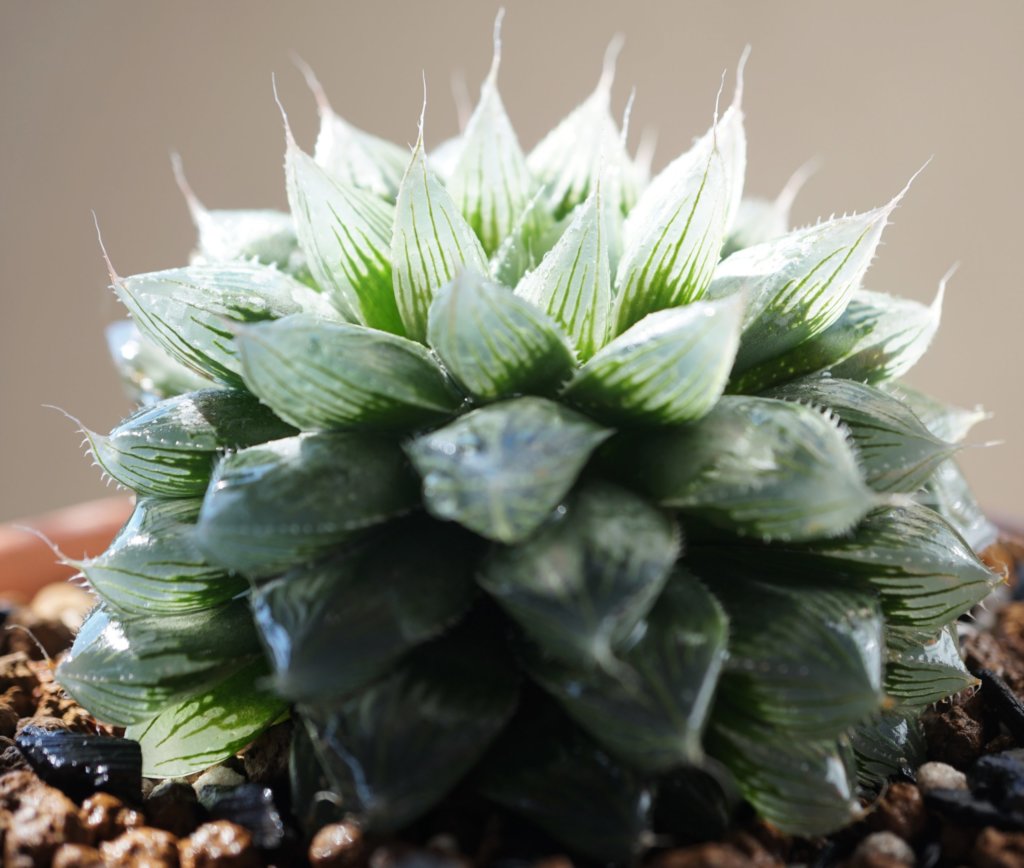
(Cooper’s Haworthia)
Certain succulents closely resemble sea creatures. For example:
- Euphorbia tirucalli (also called pencil cactus) has narrow, stick-like stems that look like finger coral.
- Senecio vitalis, sometimes called “narrow-leaf chalksticks,” grows in upright, pointed clusters, much like seagrass or underwater kelp.
- Haworthia cooperi displays small, grouped leaves tipped with translucence, giving it a jellyfish-like look.
- Lithops, known as “living stones,” look a lot like pebbles or shells scattered along a seashore.
- Starfish Dracaena (Dracaena cylindrica ‘Boncel’): Resembles a starfish.
- Coral Cactus (Euphorbia lactea ‘Cristata’): A crested succulent that looks like coral.
- Mermaid’s Tail (Crested Senecio vitalis): A crested succulent with a wavy form resembling a mermaid’s tail.
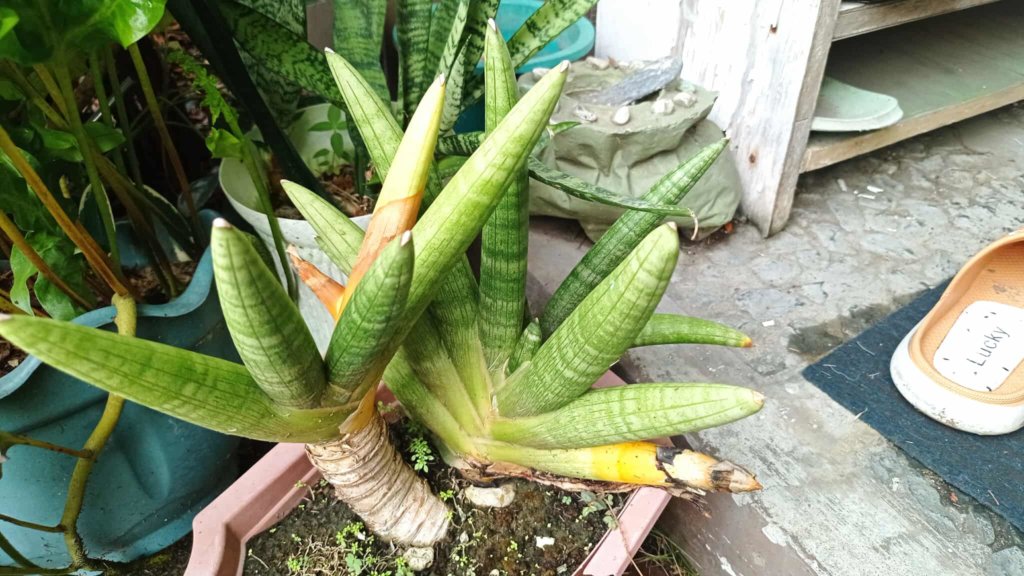
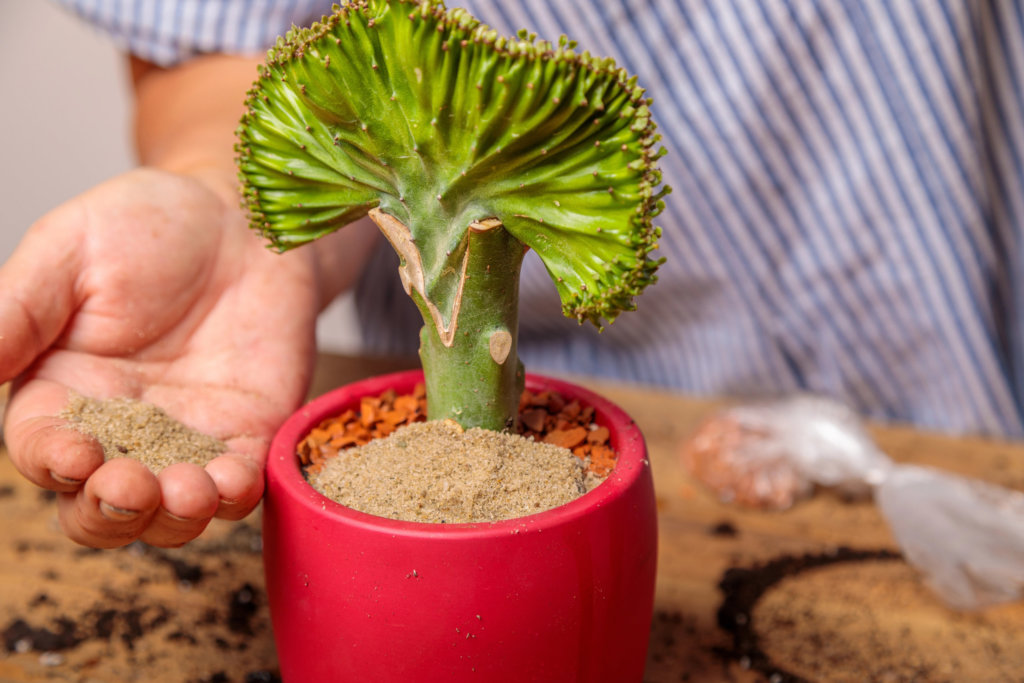
These plants don’t just mimic the appearances of sea creatures; many also share a surprising resilience, thriving in tough conditions much like their marine counterparts.
Unique Coral-Like Forms
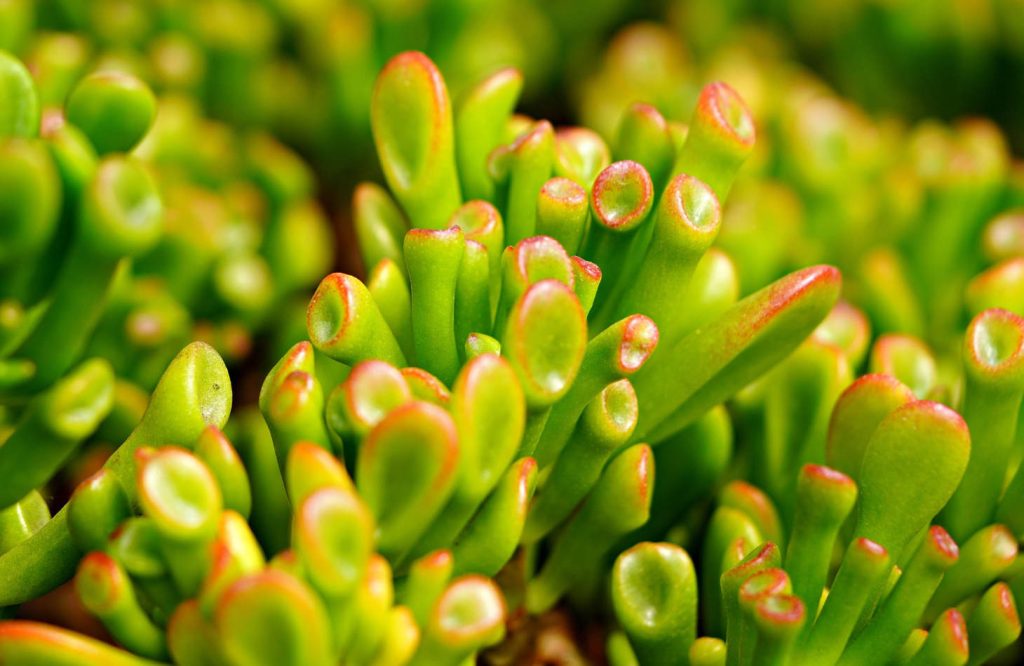
Marine-inspired succulents often show off branching, finger-like forms. The pencil cactus is a good example, with its tall clusters of slender, green stems. These stems branch out in all directions, forming shapes similar to underwater corals.
Other succulents like Crassula ovata ‘Gollum’ have tube-shaped leaves with red tips that look like sea anemone tentacles. Senecio vitalis forms mats of thin, blue-green leaves that curve and twist, imitating the movement of ocean plants.
You’ll also notice how plant clusters sometimes mimic coral colonies, growing pressing together for effect. This gives your succulent garden a layered, underwater feel.
Color and Texture Similarities
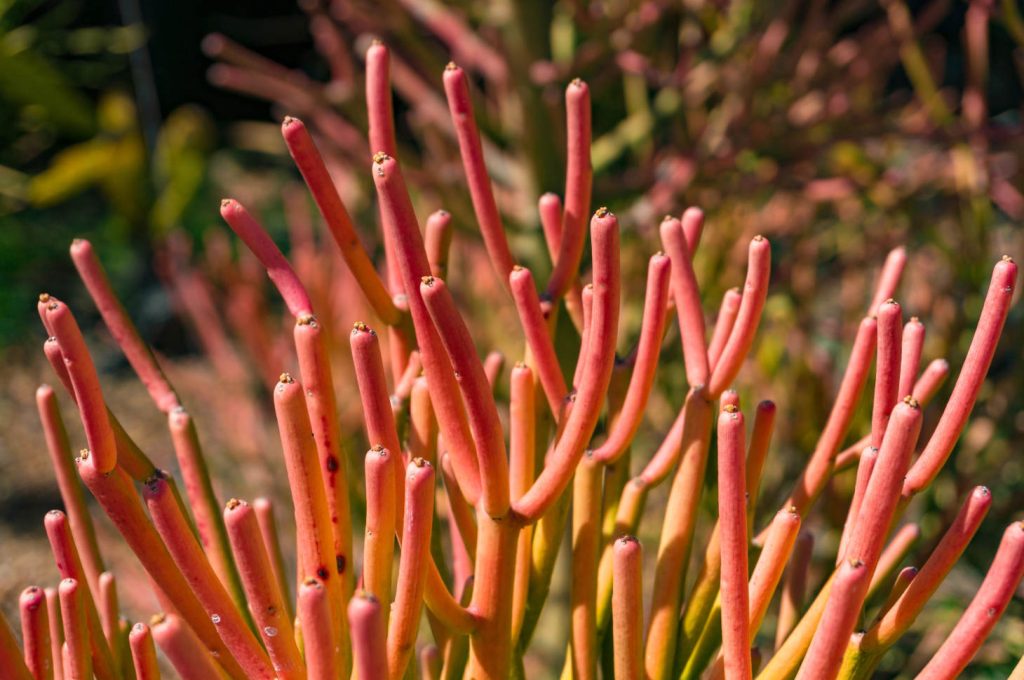
Many succulents have colors and textures similar to ocean life. You’ll see blues, rich greens, and (sometimes) light pinks and oranges, similar to coral reefs. For instance, Euphorbia tirucalli can turn orange in strong sunlight, mimicking the look of fire coral.
Some succulents have waxy, bumpy, or even fuzzy surface textures. This can resemble the roughness of old coral or the soft touch of sea sponges. Lithops show marbled patterns that look like shells or pebbles found at the bottom of the sea.

These colorful and textured succulents help create plant arrangements that remind you of the ocean’s vivid scenery. Use a mix of these to design displays that look like tide pools or undersea gardens.
Popular Species With Undersea Appearances
Some succulents have shapes, colors, or textures that make them look almost exactly like sea creatures or underwater plants. These unique features bring a touch of the ocean to your home and are easy to care for.
Echeveria Varieties and Oceanic Shapes
Echeveria are popular rosette-forming succulents. Many types, like Echeveria ‘Blue Atoll’ and ‘Lola,’ have layered leaves that look like coral or underwater flowers.
Their tight, symmetrical patterns can remind you of sea anemones or even soft corals. Some Echeveria species have blue, green, or pink tones that add to their ocean-like effect.
Most Echeverias are small and compact, making them useful for table displays and “under the sea” themed arrangements. They are easy to grow and enjoy bright, indirect sunlight.
If you’re creating a coastal-inspired garden, group several Echeverias together for a reef effect. Water only when the soil is completely dry to keep the plant healthy and vibrant.
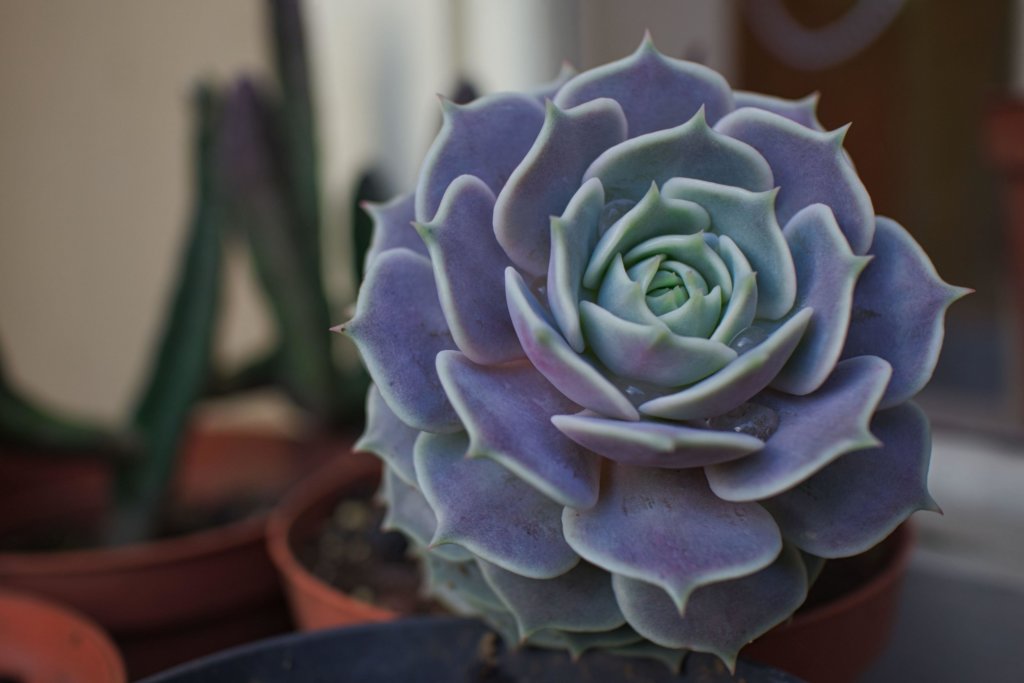
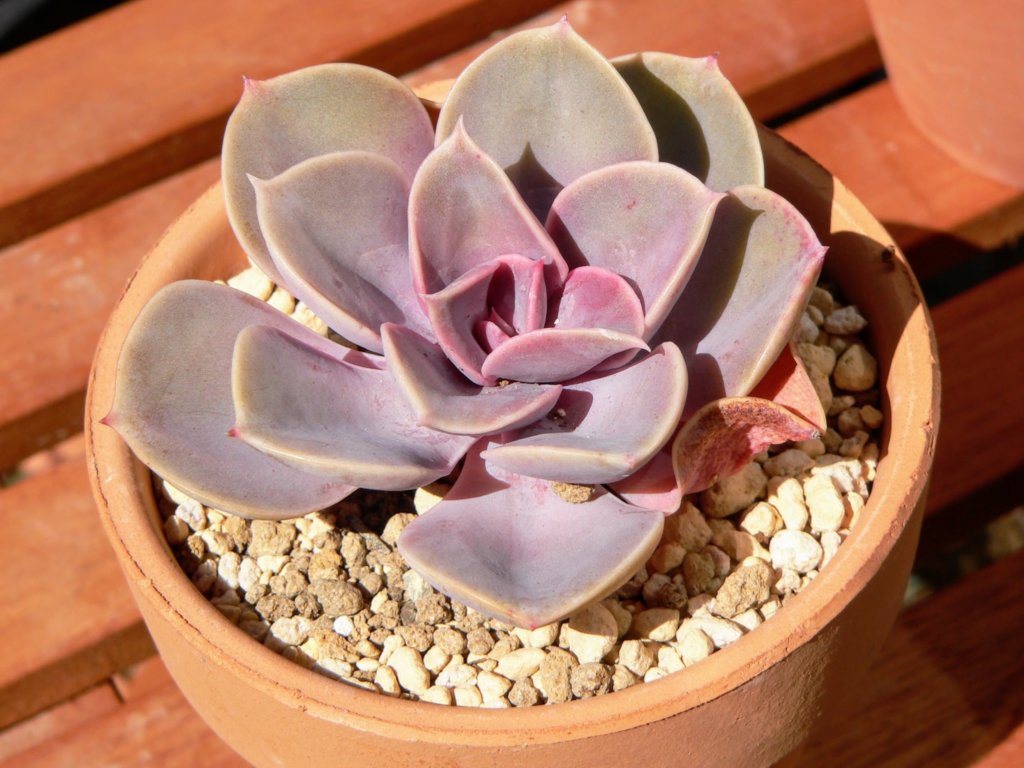
| Echeveria Type | Ocean Comparison | Color |
|---|---|---|
| ‘Blue Atoll’ | Coral cluster | Blue-green |
| ‘Lola’ | Sea flower | Soft purple |
| ‘Perle von Nurnberg’ | Sea shell | Pink-lavender |
Aeonium’s Underwater Aesthetic
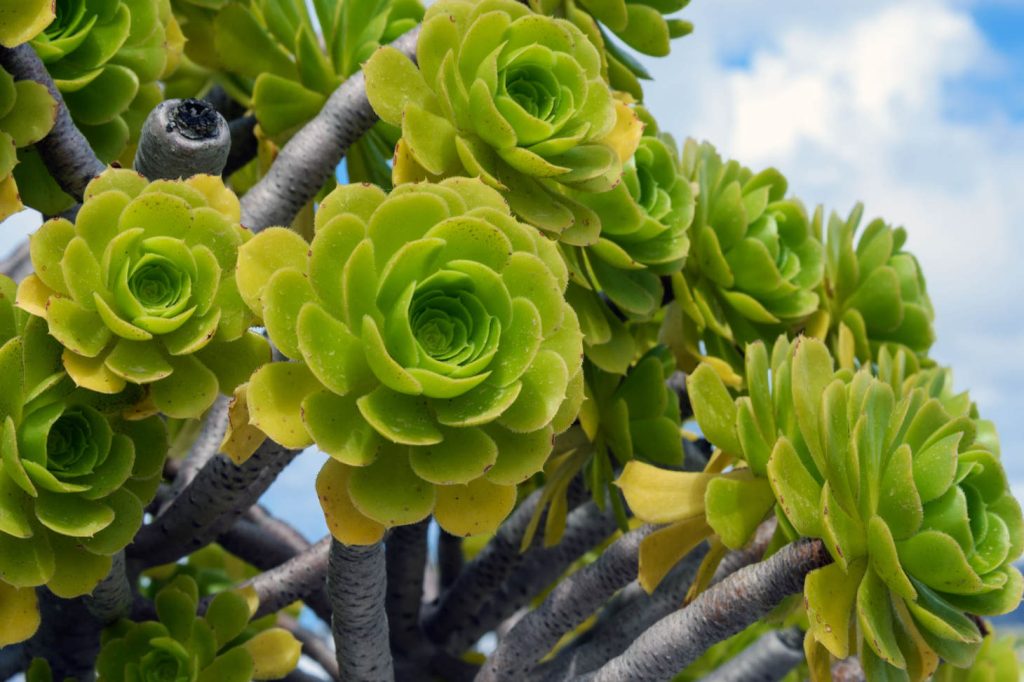
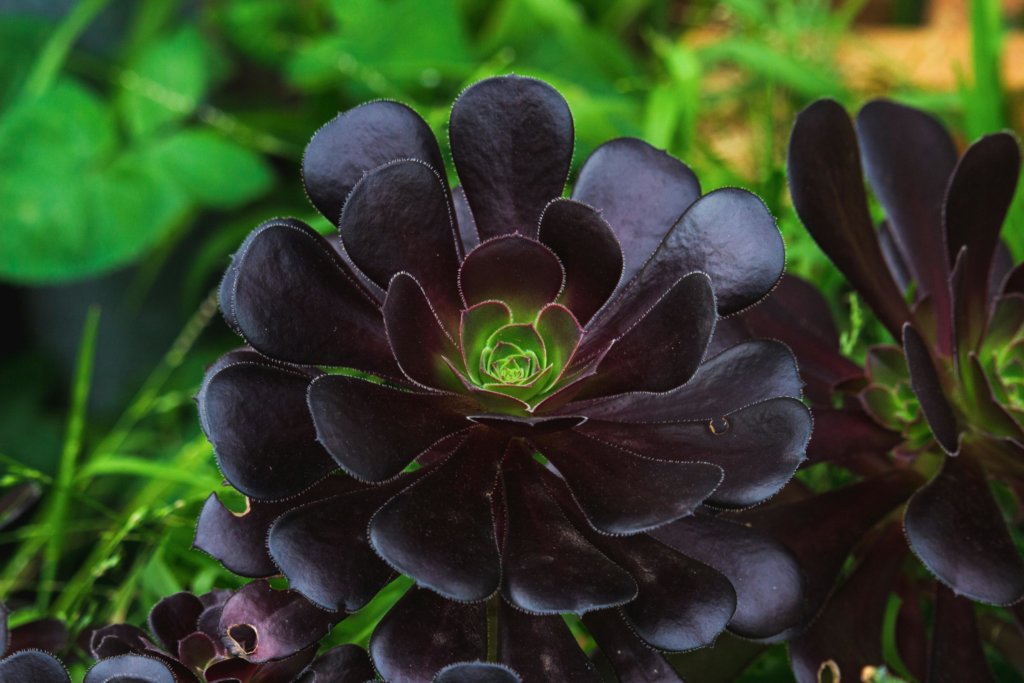
Aeonium plants have waxy, rounded leaves that grow in rosettes and often look like underwater sponges or seaweed. Some types, such as Aeonium arboreum or Aeonium ‘Zwartkop’, produce dark, glossy leaves that can remind you of deep-sea life.
Aeoniums grow on upright stems, sometimes branching out to resemble underwater kelp forests. Colors range from pale green to burgundy-black, and their tall, upright structure can mimic sea fans or long fronds waving in the current.
If your goal is to capture the look of tide pools or marine forests, Aeonium provides height and contrast in your arrangement. These succulents prefer a little more moisture than others and don’t like to dry out completely, but they still need well-draining soil.
Plant Aeonium in groups or pair them with round-pebble mulch for a true shoreline effect.
Senecio Vitalis: The Kelp Lookalike
Senecio vitalis, also known as Narrow-Leaf Chalksticks, is a standout succulent that looks much like underwater kelp or seagrass. Its slender, blue-green leaves grow upright and spread outwards, closely resembling the flowing blades of kelp found along ocean coasts.
The plant can reach up to 18 inches tall and spreads widely, making it an excellent choice for filling larger spaces with a sea-inspired vibe. It works well as a groundcover or as a centerpiece in ocean-themed gardens.
Senecio vitalis thrives with minimal care. It enjoys full sun and very little water, so it’s perfect for low-maintenance gardens. Its color and unusual shape make it easy to imagine ocean currents passing through.
Pair it with rounded stones or sand-colored pots for the perfect underwater illusion.
Designing an ‘Under the Sea’ Succulent Garden
Creating an underwater-themed succulent garden is about using specific shapes, colors, and arrangements. It helps capture the look of ocean life on dry land with the right plant choices and accents.
Choosing Complementary Species
Pick succulents known for their unique forms that mimic sea life. For example, Echeveria varieties look much like blooming sea anemones because of their tight, rounded rosettes. Aeonium’s rosettes are also compact but often stand taller, providing height and movement like seaweed.
Try adding Euphorbia tirucalli (‘Pencil Cactus’), which has thin, branching stems that resemble underwater coral or tube worms. For texture, include varieties like Haworthia for their ridged, shell-like leaves or Sedum for trailing, bead-shaped foliage that mimics strings of underwater pearls.
Mixing these plants creates layers, depth, and contrast. Group them based on size and shape for a natural “undersea” scene. Placing tall species like Euphorbia tirucalli at the back, mid-sized Aeonium in the center, and low-growing Echeveria in front makes the display balanced.
Container and Outdoor Arrangements
Use shallow, wide containers to mimic tidal pools or seabeds if you are planting indoors or on a patio. Ceramic bowls or even faux clamshell planters help reinforce the ocean theme. For outdoor beds, edge spaces with shells or pebbles to create a transition between your garden and the “shore.”
Arrange succulents at different heights using mounds of soil or decorative stones. Placing flat rocks can make “islands” and driftwood adds texture like old sea logs. Be sure drainage is good, succulents do not like to sit in excess water.
To make the scene more realistic, you can add small props like glass marbles (to mimic bubbles), faux starfish, or colored sand. Use restraint, as too many decorations can distract from the plants themselves.
Color Palette for Aquatic Themes
Focus on a range of blue-greens, silvery-grays, and muted purples. Many Echeveria species have powdery blue or soft purple tones, perfect for a watery look. Aeonium can lend dark green, almost black shades, which add depth.
Mixing in Sedum and Haworthia with white or pale green hues can brighten the display and reflect light. Pair these with accents of pink or red from tips of certain succulents, echoing coral reefs.
Use the table below to match succulent color traits with ocean-inspired design:
| Succulent | Typical color | Ocean mimic |
|---|---|---|
| Echeveria | Blue, purple | Sea anemones, corals |
| Aeonium | Dark green, black | Tall seaweed patches |
| Euphorbia tirucalli | Orange, red | Fire coral, tube worms |
| Haworthia | Green, white | Shells, sea grass |
Keep the palette calm and consistent for an authentic underwater effect. Accent with sandy, neutral tones from stones or gravel to complete the seascape.
